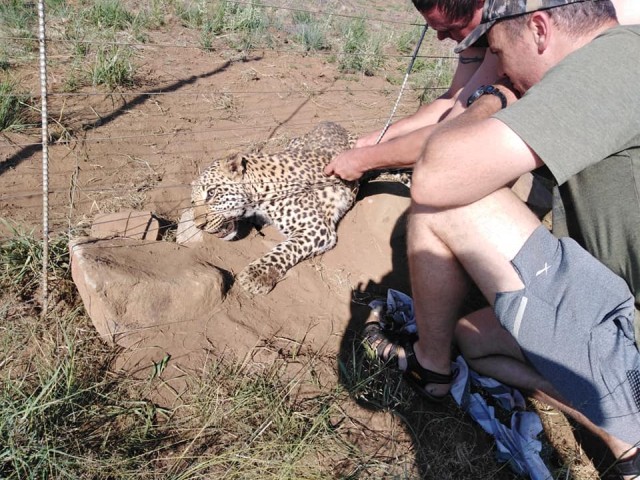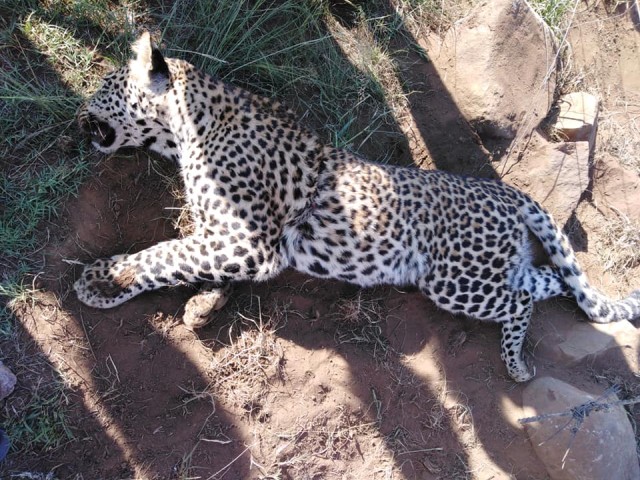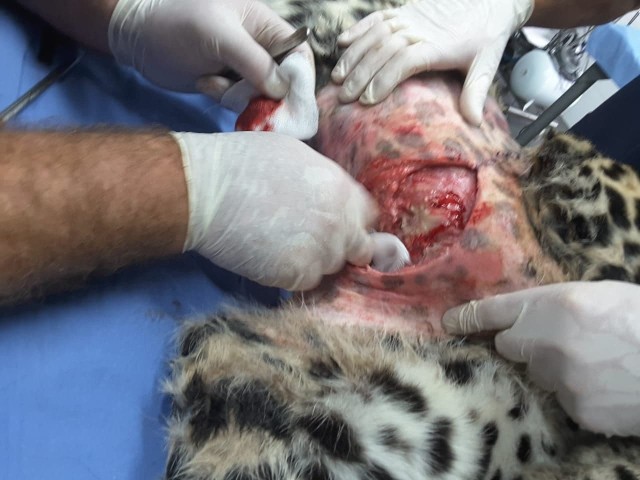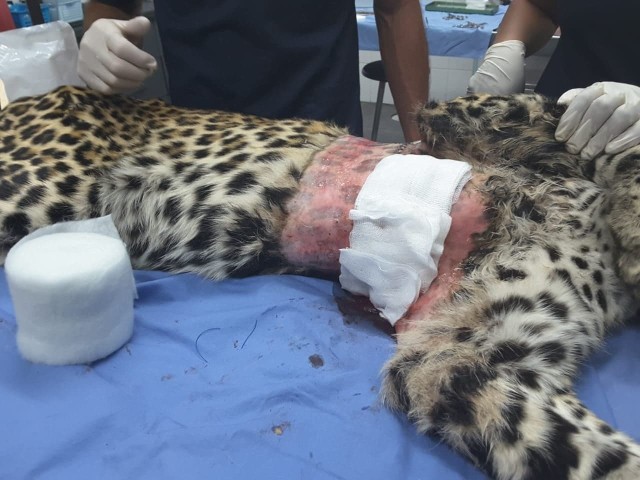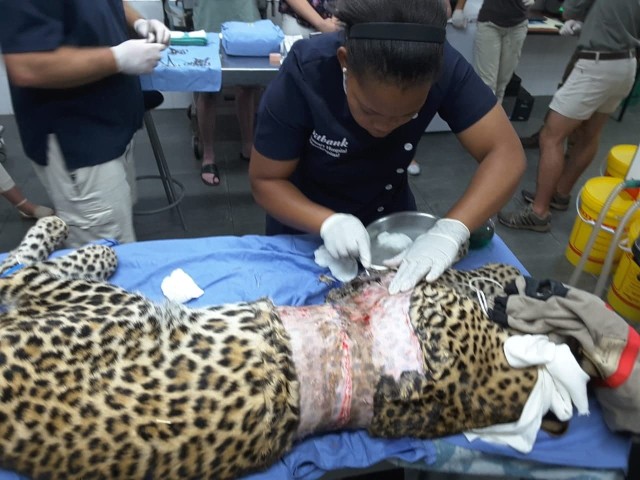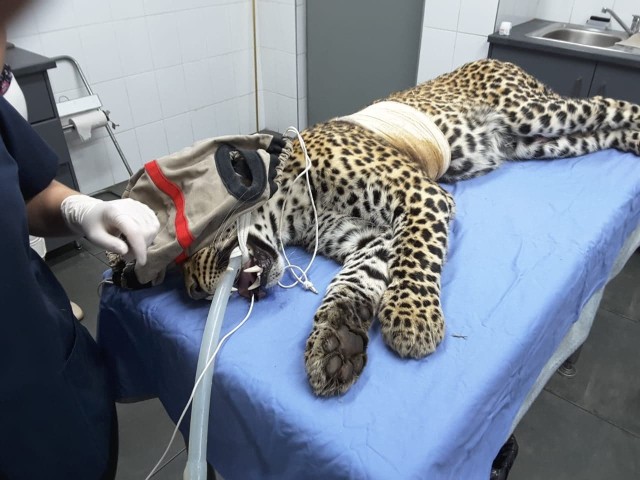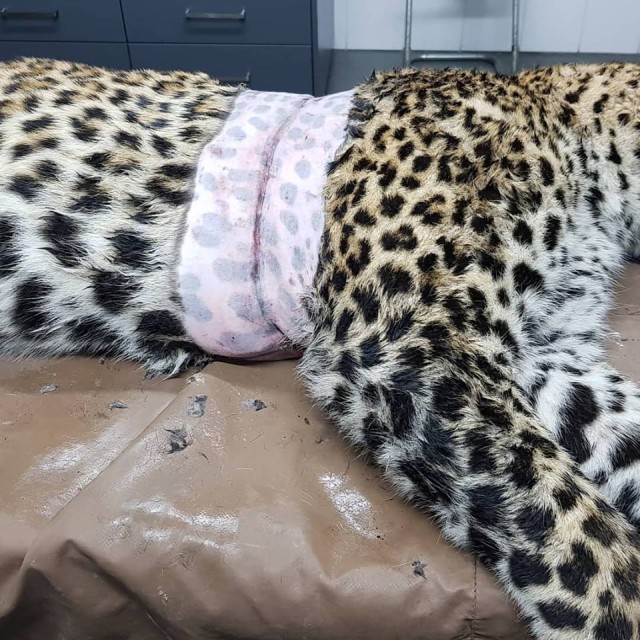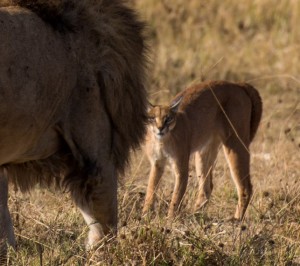Unfortunately, as human beings spread, we reduce the areas in which wildcats can live and hunt. Most wildcats are too cautious and private to allow themselves to come too close to humans, but sometimes they will brave approaching populated spaces in their hunt for their next meal, including exploring our gardens when we’re out or asleep.
Like domesticated cats, wildcats explore the world using all their senses, including taste. This means they sometimes nibble at plants and flowers. However, according to pet nutrition experts James Wellbeloved, some common garden plants are highly toxic to animals, and planting them in your garden could inadvertently harm nearby wildcats.
Toxic garden plants
While not a complete list, these are the most common and popular garden plants that are actually toxic to wildcats.
Crocus
This plant is easy to grow in a range of warm climates, is resilient, and comes in a range of species and colours. Unfortunately, it is also very poisonous and wildcats that consume the plant could suffer a range of symptoms, for a loss of appetite to tremors and seizures.
Daffodil
While the whole plant is poisonous to wildcats, small toxic crystals in the bulbs cause the most severe reactions, including vomiting, diarrhoea, abdominal pain, and respiratory issues.
Foxglove
It is unlikely a wildcat would ever eat enough of a single foxglove plant to actually poison themselves, but the plant is common enough that a wildcat moving from garden to garden could theoretically harm themselves over time.
Hyacinths & Tulips
Hyacinths and tulips are popular for their bright, varied colours and for being easy to grow in a range of climates. However, being widespread means they are more likely to eaten by wildcats and, if consumed in large quantities, can cause vomiting and irritation of the mouth and throat.
Lilies
In its most popular forms, including Asiatic, Day, Easter, Japanese Show and Tiger, lilies are some of the most common toxic garden plants, and just a handful of petals or leaves can result in pain or death. What makes these even more complex plants is that they are a danger to wildcats that don’t even mean to eat them. Merely brushing up against the plants and later consuming the pollen off of their own fur can be sufficient to induce poisoning.
Oleander
This shrub is hugely prevalent because of how easily one can decorate a low-maintenance garden. However, it is also one of the most toxic plants available to buy and plant in gardens. Just a few bites can kill large mammals, like a horse or a cow, let alone a smaller one, like a wildcat.
Safe alternatives
While the list of toxic plants is a long one, gardeners need not despair, for there are also plenty of non-toxic alternatives which also add colour and attractive smells to your outdoor spaces.
Some examples include:
• African Daisy
• Bamboo
• Easter Orchid
• Jasmine
• Resurrection Lily
• Rose
So, in the continued mission to protect wildcats, it is important gardeners take stock of what is planted in the garden. If wildcats could be visiting your garden and any of the plants are toxic, there is a risk of a wildcat becoming poisoned. To help reduce the risk, remove any toxic plants and replace them with safer alternatives.
